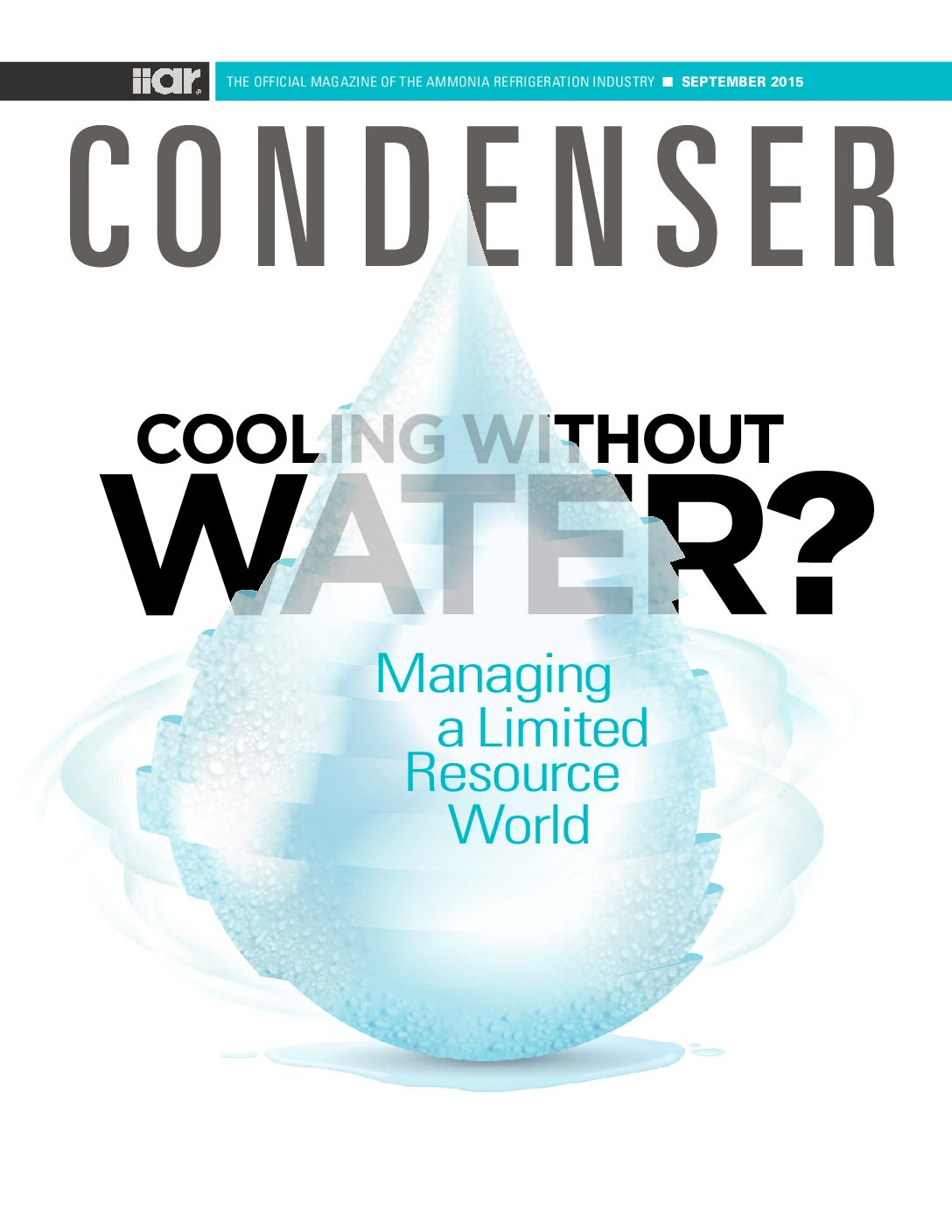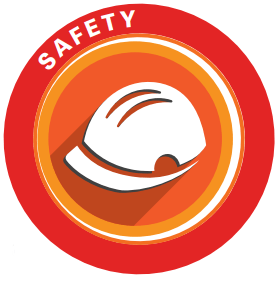Chairman’s Message
We’re nearing the second half of the year, and for IIAR staff, committee, and volunteer members, that means building on the substantial work completed so far in 2015 on a variety of different initiatives. You’ll read in this issue of the Condenser about two important research projects, a new scholarship initiative and work to reach our funding goal for the Ammonia Refrigeration Foundation.
Read More














